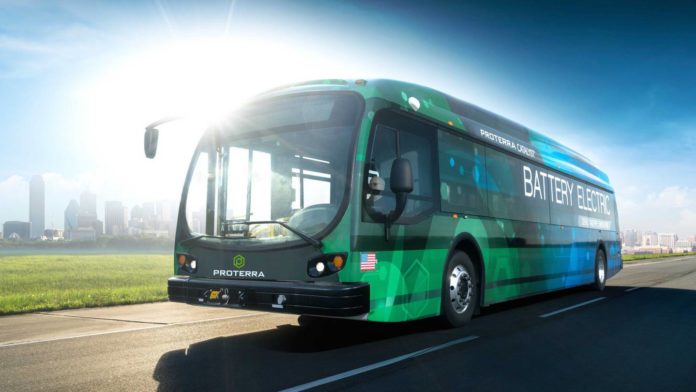A U.S. based company named Proterra is a manufacturer of electric buses. Each bus has an average of 360 miles range before requiring a battery recharge. This company is taking its buses to a new level by developing self-driven, mass transit vehicles.
A series of experiments are in progress in Reno, Nevada. The purpose of operating the self-driven electric buses in various traffic situations is to figure out the changes needed in the city’s infrastructure to prepare for autonomous public transportation.
The researchers are working to understand how buses can better communicate with their surrounding environment via smart sensors. The buses communicate with the environment, such as street lights, via radio frequency-based devices, to be aware of the traffic situation on the next intersection ahead. Proterra buses are equipped with different types of sensors that use light to judge the presence of nearby objects and use heat to detect pedestrians in the surrounding. These sensors provide vital data to researchers to further develop the safety of this technology that is geared towards mass transit.
Proterra’s self-driving bus study is said to be a yearlong phase that tests the functionality of the sensors through different road conditions such as weather changes and traffic on the road. The sensors’ behavior changes with the changing conditions of weather and the saturation of traffic around the vehicles. The derivation and development of various artificial intelligent robotic perception algorithms are made possible from the extraction of the data gathered in the study. The officials at Proterra acknowledge that this research may not reach an entirely autonomous solution in mass transport, but rather it would lead to an augmented intelligence system to help a human driver navigate the treacherous city roads and conditions more safely and easily.
The company strives towards a cleaner, better performing, efficient, and cost effective public transportation system for the public. The company is focusing on the changing demands and expectations of customers and it has electrification of buses and enhancement of road safety features as top priorities.
The technology is leading to a radically different future, but it is imminent that there will be a significant number of manned and unmanned public transport vehicles that will hit the roads in the future.


















